Tmj jaw problem. TMJ Disorders: Symptoms, Causes, and Effective Treatment Options
What are the common symptoms of TMJ disorders. How are TMJ disorders diagnosed. What are the most effective treatments for TMJ pain and dysfunction. Are there any self-care measures that can help manage TMJ symptoms at home.
Understanding Temporomandibular Joint (TMJ) Disorders
Temporomandibular joint (TMJ) disorders, also known as temporomandibular disorders (TMDs), encompass a diverse group of conditions affecting the jaw joint and surrounding muscles. These disorders can cause significant pain and dysfunction, impacting daily activities like eating and speaking. To better understand TMJ disorders, it’s crucial to explore their prevalence, classification, and underlying mechanisms.
Prevalence and Demographics
TMJ disorders are surprisingly common, affecting millions of people worldwide. In the United States alone, recent studies estimate that approximately 11-12 million adults experience pain in the temporomandibular joint region. Interestingly, these disorders show a clear gender disparity, with women being twice as likely to develop TMJ issues compared to men. The age group most commonly affected is women between 35 and 44 years old.
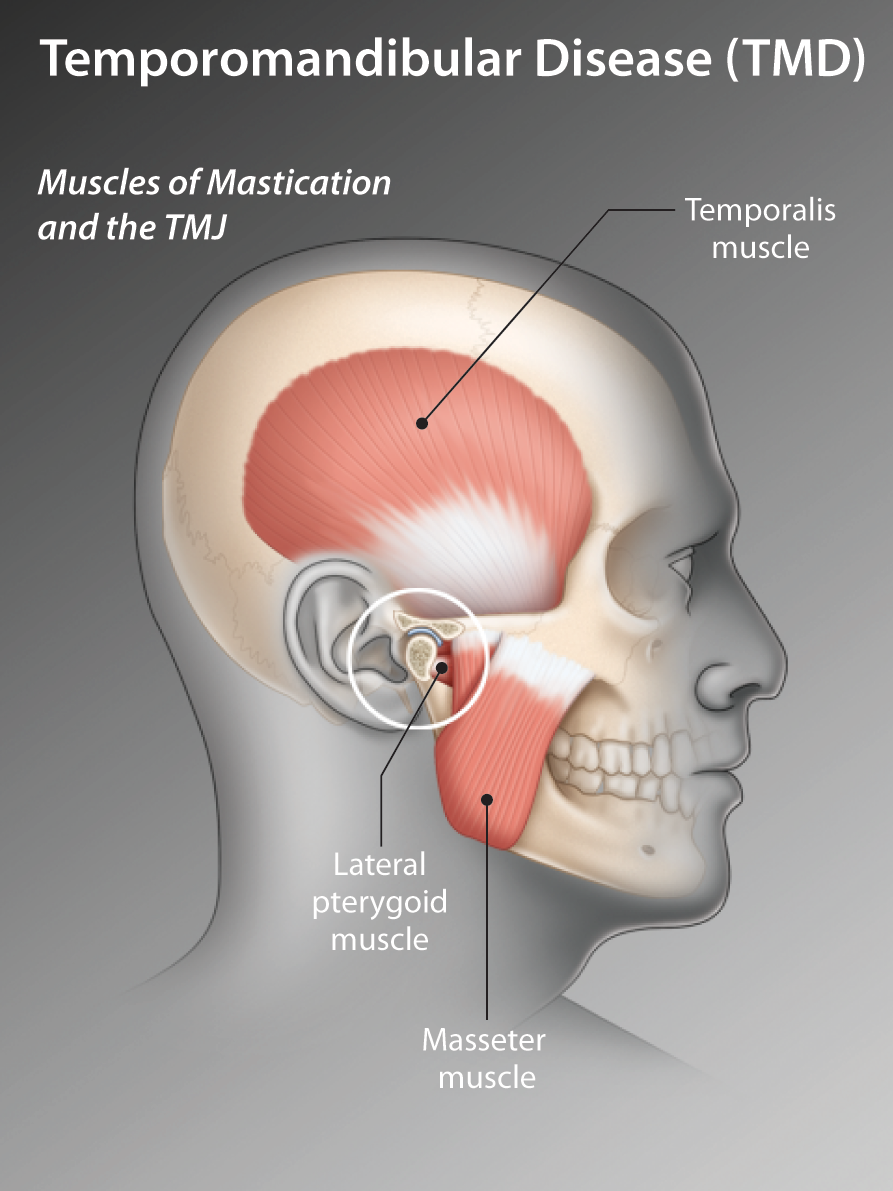
Classification of TMJ Disorders
TMJ disorders are broadly categorized into three main classes:
- Joint disorders: These involve issues with the temporomandibular joint itself, including disc displacements and degenerative conditions.
- Masticatory muscle disorders: These affect the muscles responsible for jaw movement and chewing.
- TMD-associated headaches: Headaches that occur in conjunction with other TMJ symptoms.
It’s important to note that an individual may experience one or more of these conditions simultaneously, contributing to the complexity of diagnosis and treatment.
Recognizing the Symptoms of TMJ Disorders
Identifying TMJ disorders can be challenging due to the wide range of symptoms they can present. While some signs are more common, others may be less obvious or easily mistaken for other conditions. Understanding these symptoms is crucial for early detection and appropriate management.
Common Symptoms
- Pain in the jaw joint and chewing muscles
- Radiating pain that extends to the face or neck
- Jaw stiffness or limited movement
- Clicking, popping, or grating sounds when opening or closing the mouth
- Changes in bite alignment
- Headaches, particularly in the temple area
- Ear pain or tinnitus (ringing in the ears)
Is jaw locking a symptom of TMJ disorders? Yes, jaw locking or difficulty opening and closing the mouth fully can be a significant symptom of TMJ disorders. This can range from temporary stiffness to more severe cases where the jaw becomes completely stuck in an open or closed position.

When to Seek Medical Attention
While occasional jaw discomfort is common and often resolves on its own, persistent or severe symptoms warrant professional evaluation. If you experience ongoing pain, significant difficulty in jaw movement, or if your symptoms interfere with daily activities, it’s advisable to consult a healthcare provider or dentist specializing in TMJ disorders.
Unraveling the Causes of TMJ Disorders
The etiology of TMJ disorders is complex and often multifactorial. While the exact cause remains elusive in many cases, researchers have identified several potential contributing factors. Understanding these can help in prevention and guide treatment approaches.
Potential Causes and Risk Factors
- Trauma or injury to the jaw
- Chronic teeth grinding or clenching (bruxism)
- Arthritis affecting the TMJ
- Stress and tension
- Genetic predisposition
- Hormonal factors (potentially explaining the higher prevalence in women)
- Poor posture
- Certain medical conditions (e.g., fibromyalgia, sleep disorders)
Do orthodontic treatments cause TMJ disorders? Contrary to popular belief, research does not support the notion that orthodontic treatments, such as braces, directly cause TMJ disorders. However, any significant changes to bite alignment should be monitored for potential TMJ issues.

The Role of Stress and Psychological Factors
Stress and psychological factors play a significant role in TMJ disorders. Many individuals with TMJ issues report increased symptoms during periods of high stress. This connection is thought to be due to stress-induced behaviors like jaw clenching and muscle tension, as well as changes in pain perception. Managing stress through relaxation techniques and cognitive-behavioral approaches can be an important component of TMJ treatment.
Diagnosing TMJ Disorders: A Comprehensive Approach
Accurate diagnosis of TMJ disorders can be challenging due to the overlap of symptoms with other conditions and the lack of a standardized diagnostic test. Healthcare providers typically employ a combination of methods to arrive at a diagnosis.
Diagnostic Process
- Medical history review: Detailed discussion of symptoms, onset, and exacerbating factors
- Physical examination: Assessment of jaw movement, muscle tenderness, and joint sounds
- Imaging studies: X-rays, MRI, or CT scans to visualize joint structures
- TMJ-specific tests: Specialized questionnaires or diagnostic criteria
What role do imaging studies play in diagnosing TMJ disorders? Imaging studies, while not always necessary, can provide valuable information about the structure and condition of the temporomandibular joint. MRI is particularly useful for evaluating soft tissues and disc position, while CT scans offer detailed views of bony structures. However, it’s important to note that imaging findings don’t always correlate with symptoms, and clinical assessment remains paramount.

Differential Diagnosis
Several conditions can mimic TMJ disorders, making differential diagnosis crucial. These may include:
- Dental problems (e.g., tooth decay, gum disease)
- Trigeminal neuralgia
- Ear infections
- Sinus issues
- Facial neuralgias
Healthcare providers must carefully rule out these conditions to ensure accurate diagnosis and appropriate treatment of TMJ disorders.
Effective Treatment Strategies for TMJ Disorders
The treatment of TMJ disorders typically follows a conservative, stepwise approach. The goal is to alleviate pain, improve function, and prevent further damage to the joint. Treatment plans are often individualized based on the specific symptoms, severity, and underlying causes.
Conservative Treatments
- Self-care measures: Soft diet, jaw exercises, heat/cold therapy
- Pain management: Over-the-counter pain relievers, topical analgesics
- Physical therapy: Targeted exercises to improve jaw mobility and strength
- Oral appliances: Custom-fitted splints or mouthguards to reduce teeth grinding and joint stress
- Stress management techniques: Relaxation exercises, meditation, biofeedback
How effective are oral appliances in treating TMJ disorders? Oral appliances, particularly occlusal splints, have shown significant effectiveness in managing TMJ symptoms for many patients. These devices can help redistribute forces on the jaw joint, reduce muscle activity during sleep, and protect teeth from grinding. However, their effectiveness can vary among individuals, and they should be used under professional guidance.

Advanced Treatment Options
For cases that don’t respond to conservative measures, more advanced treatments may be considered:
- Botulinum toxin injections: To relax overactive jaw muscles
- Corticosteroid injections: For reducing inflammation in the joint
- Arthrocentesis: Minimally invasive procedure to flush out the joint
- Arthroscopy: Surgical procedure for more severe joint issues
It’s important to note that invasive procedures are typically considered only after conservative treatments have been exhausted, and the potential benefits must be carefully weighed against the risks.
Self-Care and Lifestyle Modifications for Managing TMJ Disorders
While professional treatment is often necessary for TMJ disorders, self-care measures and lifestyle modifications play a crucial role in managing symptoms and preventing exacerbations. These strategies can be particularly effective when incorporated into a comprehensive treatment plan.
Dietary Adjustments
- Opt for softer foods that require less chewing
- Cut food into smaller pieces
- Avoid chewy or tough foods (e.g., gum, tough meats)
- Limit caffeine intake, which can increase muscle tension
Jaw Exercises and Relaxation Techniques
Can specific exercises help alleviate TMJ pain? Yes, certain jaw exercises can be beneficial in managing TMJ disorders. These may include gentle stretching exercises, controlled mouth opening exercises, and relaxation techniques for the jaw muscles. However, it’s important to perform these exercises correctly to avoid exacerbating symptoms. A physical therapist or healthcare provider can demonstrate proper techniques and develop a personalized exercise program.
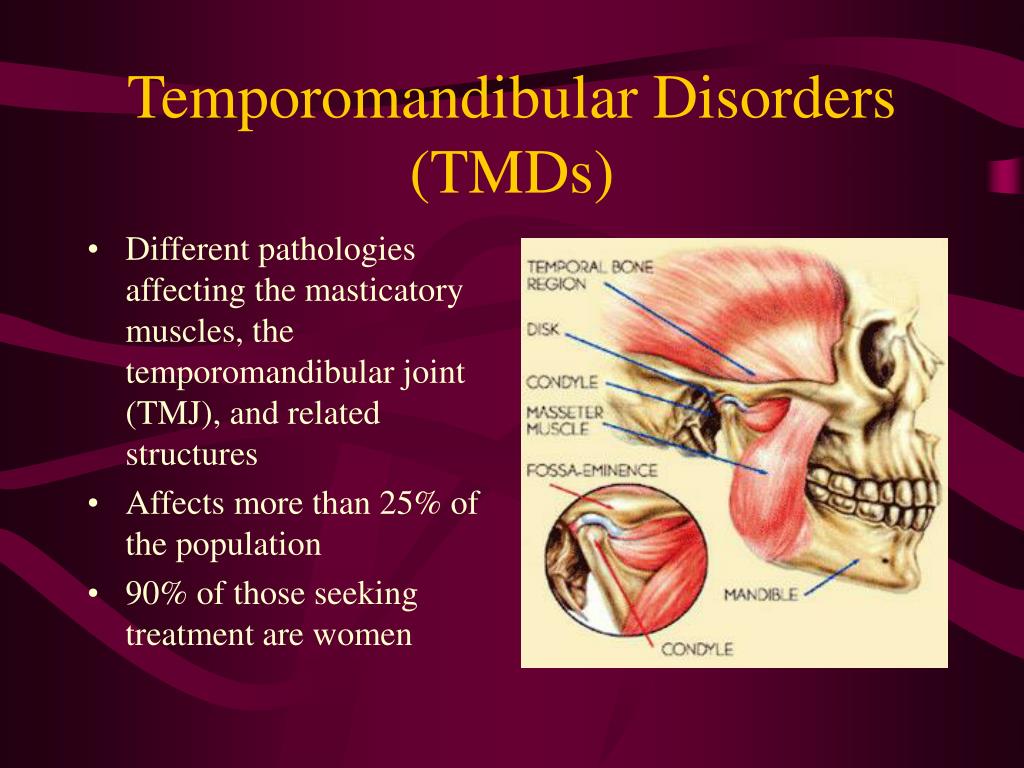
Posture Improvement
Poor posture, particularly forward head posture, can contribute to TMJ issues by altering the alignment of the jaw and neck. Focusing on maintaining good posture throughout the day, especially when using electronic devices, can help reduce strain on the TMJ and surrounding muscles.
Stress Management
Given the strong connection between stress and TMJ disorders, implementing effective stress management techniques is crucial. This may include:
- Mindfulness meditation
- Progressive muscle relaxation
- Regular exercise
- Adequate sleep hygiene
- Time management and prioritization strategies
The Future of TMJ Disorder Research and Treatment
As our understanding of TMJ disorders continues to evolve, researchers are exploring new avenues for diagnosis, treatment, and prevention. These advancements hold promise for improved outcomes and quality of life for those affected by TMJ disorders.
Emerging Research Areas
- Genetic factors: Identifying genetic markers associated with TMJ disorders
- Biomarkers: Developing diagnostic tools based on molecular indicators
- Tissue engineering: Exploring regenerative approaches for joint repair
- Personalized medicine: Tailoring treatments based on individual genetic and environmental factors
What role might stem cell therapy play in treating TMJ disorders? Stem cell therapy is an area of active research in the field of TMJ disorders. Preliminary studies suggest that stem cells may have the potential to regenerate damaged joint tissues and reduce inflammation. While promising, this approach is still in the experimental stages and requires further research to establish its safety and efficacy in clinical practice.

Interdisciplinary Approach
The complex nature of TMJ disorders necessitates a multidisciplinary approach to care. Future treatment models are likely to involve collaboration between various specialists, including dentists, pain management experts, physical therapists, and mental health professionals. This holistic approach aims to address all aspects of TMJ disorders, from physical symptoms to psychological impacts.
As research progresses, it’s anticipated that our ability to diagnose TMJ disorders accurately and provide targeted, effective treatments will continue to improve. Patients and healthcare providers alike should stay informed about these developments to ensure the best possible outcomes in managing TMJ disorders.
TMD (Temporomandibular Disorders) | National Institute of Dental and Craniofacial Research
On this page
- Overview
- Causes
- Symptoms
- Diagnosis
- Treatment
- Helpful Tips
- Additional Resources
Back to top
Overview
Healthy temporomandibular joint during mouth opening & closing.
Temporomandibular disorders (TMDs) are a group of more than 30 conditions that cause pain and dysfunction in the jaw joint and muscles that control jaw movement. “TMDs” refers to the disorders, and “TMJ” refers only to the temporomandibular joint itself. People have two TMJs; one on each side of the jaw. You can feel them by placing your fingers in front of your ears and opening your mouth.
People have two TMJs; one on each side of the jaw. You can feel them by placing your fingers in front of your ears and opening your mouth.
There are three main classes of TMDs:
- Disorders of the joints, including disc disorders.
- Disorders of the muscles used for chewing (masticatory muscles).
- Headaches associated with a TMD.
There are several disorders within each class. See diagram below for some examples.
Classification of Temporomandibular Disorders (TMDs) with Examples
Text Alternative
*A person may have one or more of these conditions at the same time.
Many TMDs last only a short time and go away on their own. However, in some cases they can become chronic, or long lasting. In addition, TMDs can occur alone or at the same time as other medical conditions such as headaches, back pain, sleep problems, fibromyalgia, and irritable bowel syndrome.
A recent study found that about 11-12 million adults in the United States had pain in the region of the temporomandibular joint.
Temporomandibular disorders are twice as common in women than in men, especially in women between 35 and 44 years old.
Back to top
Causes
Injury to the jaw or temporomandibular joint can lead to some TMDs, but in most cases, the exact cause is not clear. For many people, symptoms seem to start without obvious reason. Recent research suggests a combination of genes, psychological and life stressors, and how someone perceives pain, may play a part in why a TMD starts and whether it will be long lasting.
Because TMDs are more common in women than in men, researchers are exploring whether the differences in TMJ structure and mechanics between females and males may play a role.
Research does not support the belief that a bad bite or orthodontic braces cause TMDs.
Back to top
Symptoms
It is important to know that sounds (such as clicking or popping) without pain in the TMJs are common, are considered normal, and don’t need treatment.
However, the following symptoms may signal a TMD:
- Pain in the chewing muscles and/or jaw joint (most common symptom).
- Pain that spreads to the face or neck.
- Jaw stiffness.
- Limited movement or locking of the jaw.
- Painful clicking, popping, or grating in the jaw joint when opening or closing the mouth.
- Ringing in the ears, hearing loss, or dizziness.
- A change in the way the upper and lower teeth fit together.
Back to top
Diagnosis
There is no widely accepted, standard test available to diagnose TMDs. Because the exact causes and symptoms are not clear, identifying these disorders can be difficult.
Your doctor or dentist will note your symptoms and take a detailed medical history. He or she will ask questions about your pain, including its location, when it occurs, what makes it better or worse, and if it stays in one area or spreads to other parts of your body. The doctor or dentist will also ask if you have other pain conditions such as headache or back pain.
He or she also will examine your head, neck, face, and jaw for tenderness; jaw clicking or popping; or difficulty with movement. The doctor or dentist might also suggest imaging studies such as an x-ray, magnetic resonance imaging (MRI), or computed tomography (CT).
Pain in the mouth, jaw, or face may or may not be related to TMDs. Your doctor or dentist may have to rule out other conditions before diagnosing a TMD.
Back to top
Treatment
Before receiving treatment for TMDs, you should know:
- Sounds without pain in the temporomandibular joints are normal, happen frequently, and do not need treatment.
- Signs and symptoms of TMD go away in many people without treatment.
- Because evidence is lacking for the majority of TMD treatments, experts strongly recommend staying away from treatments that cause permanent changes to the jaw joints, teeth, or bite; or that involve surgery.
Nonsurgical Treatments
Because many jaw joint and muscle problems are temporary and do not get worse, simple treatment may be all that is necessary.
When you first feel discomfort in your jaw joints or muscles, your doctor or dentist may have you:
- Eat soft foods.
- Apply heat or cold to the face in combination with exercises to gently stretch and strengthen the jaw muscles.
- Take over-the-counter medications, for example nonsteroidal anti-inflammatory drugs (NSAIDs), like ibuprofen.
- Reduce habits such as jaw clenching, gum chewing, or nail biting.
If these steps do not help, or if in the process of trying them your doctor/dentist diagnoses a specific type of TMD, one or more of the following treatments may be recommended.
Physical Therapy
The goal of physical therapy is to maintain, improve, or bring back movement and physical function. There are several types of physical therapy. One type is manual therapy, in which a therapist uses his/her hands to stretch the soft tissues and muscles around the joint. Manual therapy has been shown to help improve function and relieve pain.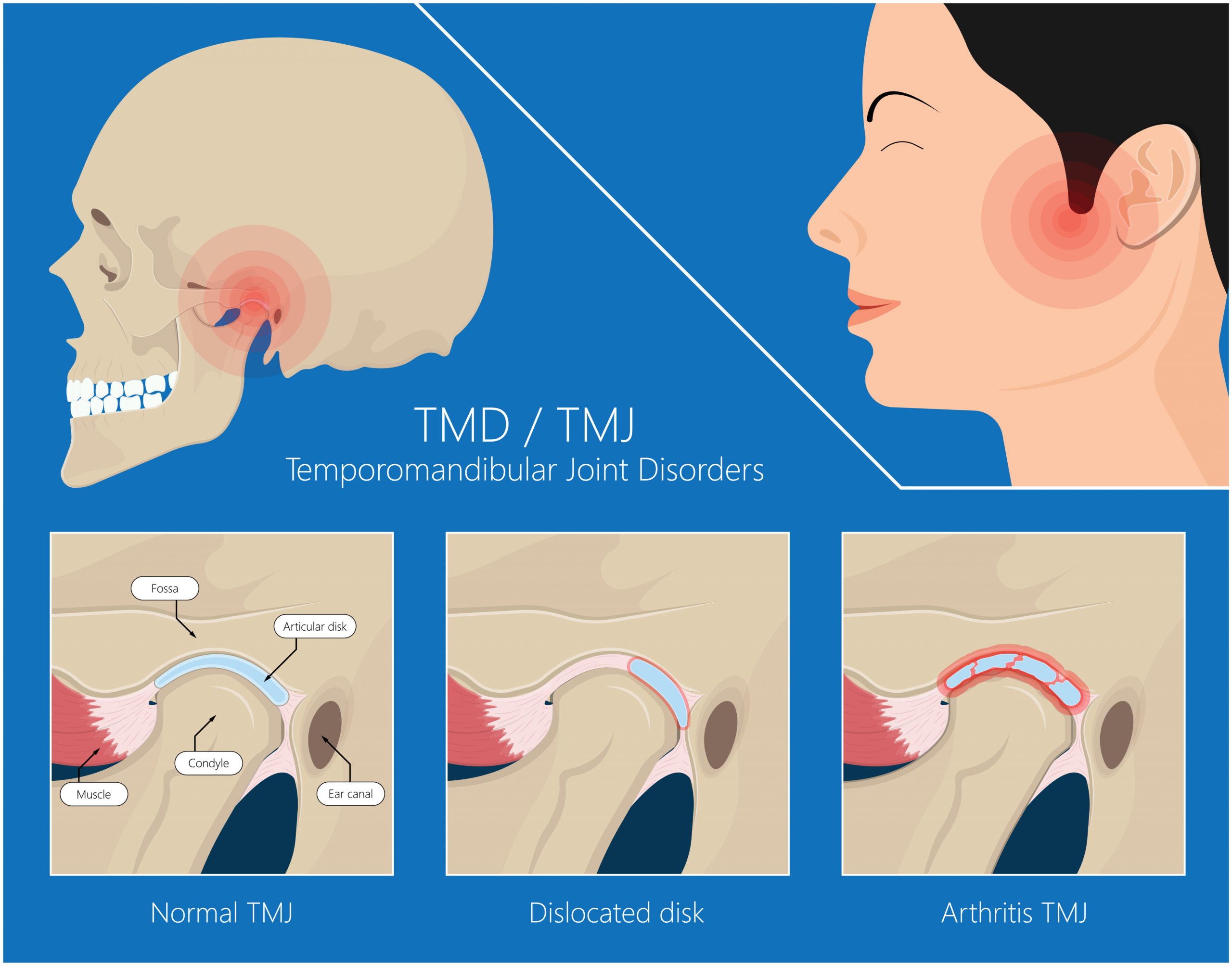
Self-management and Behavioral Health Approaches
Self-management refers to activities you can do yourself and include:
- Learn all you can about your specific type(s) of TMD.
- Learn meditation & relaxation techniques.
- Set specific goals related to managing your condition.
- Stay involved in activities that are meaningful to you.
Certain behavioral health approaches, usually offered by a psychologist, have been shown to help manage TMDs. These include cognitive behavioral therapy and biofeedback.
Cognitive behavioral therapy seeks to identify negative thoughts or thought patterns and change them, as well as provide coping skills.
Biofeedback involves using sensors that monitor breathing, heart rate, muscle contraction, and temperature. For example, a sensor on your jaw can detect when you tighten your jaw muscles. With the help of a therapist, you can learn to notice the unwanted behavior and relax.
Medications
Your doctor or dentist may recommend medication(s) to treat your symptoms.
These include:
- Over-the-counter medications such as:
- Nonsteroidal anti-inflammatory drugs (NSAIDs), used to treat pain.
- Prescription medications such as:
- Antianxiety medications.
- Antidepressants.
- Antiseizure medications.
- Opioids.
Some of these medications can lead to addiction or have other serious side effects. If you are prescribed any of these medications, make sure your doctor or dentist explains how to take them and for how long.
Intraoral Appliances
Intraoral appliances are devices that fit over the teeth. They do not change the teeth or bite. They are also known as nightguards, splints, stabilization appliances, occlusal splints, interocclusal splints, or bruxism splints.
There is not a lot of evidence they improve TMD pain. If a dentist or doctor suggests you use one:
- Make sure it is not designed to permanently change your bite.

- Stop using it and consult your dentist/doctor if it causes pain.
Complementary Treatments
A complementary treatment is a non-mainstream practice used together with conventional medicine. Acupuncture and transcutaneous electrical nerve stimulation (TENS) are two complementary treatments that have been studied for TMDs.
Acupuncture is a technique in which practitioners stimulate specific points on the body—most often by inserting thin needles through the skin. There is limited evidence that it helps TMDs.
TENS is a battery-powered device that uses electrodes placed on the skin. The device creates electrical impulses that may change how pain is perceived. Although some studies have shown that TENS may help relieve pain in TMDs and improve the ability to open the mouth, the studies were small with short-duration TENS treatments.
Surgery and Other Medical & Dental Procedures
The treatments discussed in this section are more complex, involve going into the chewing muscles or the temporomandibular joints (with a needle or other instrument), or changing your bite and teeth.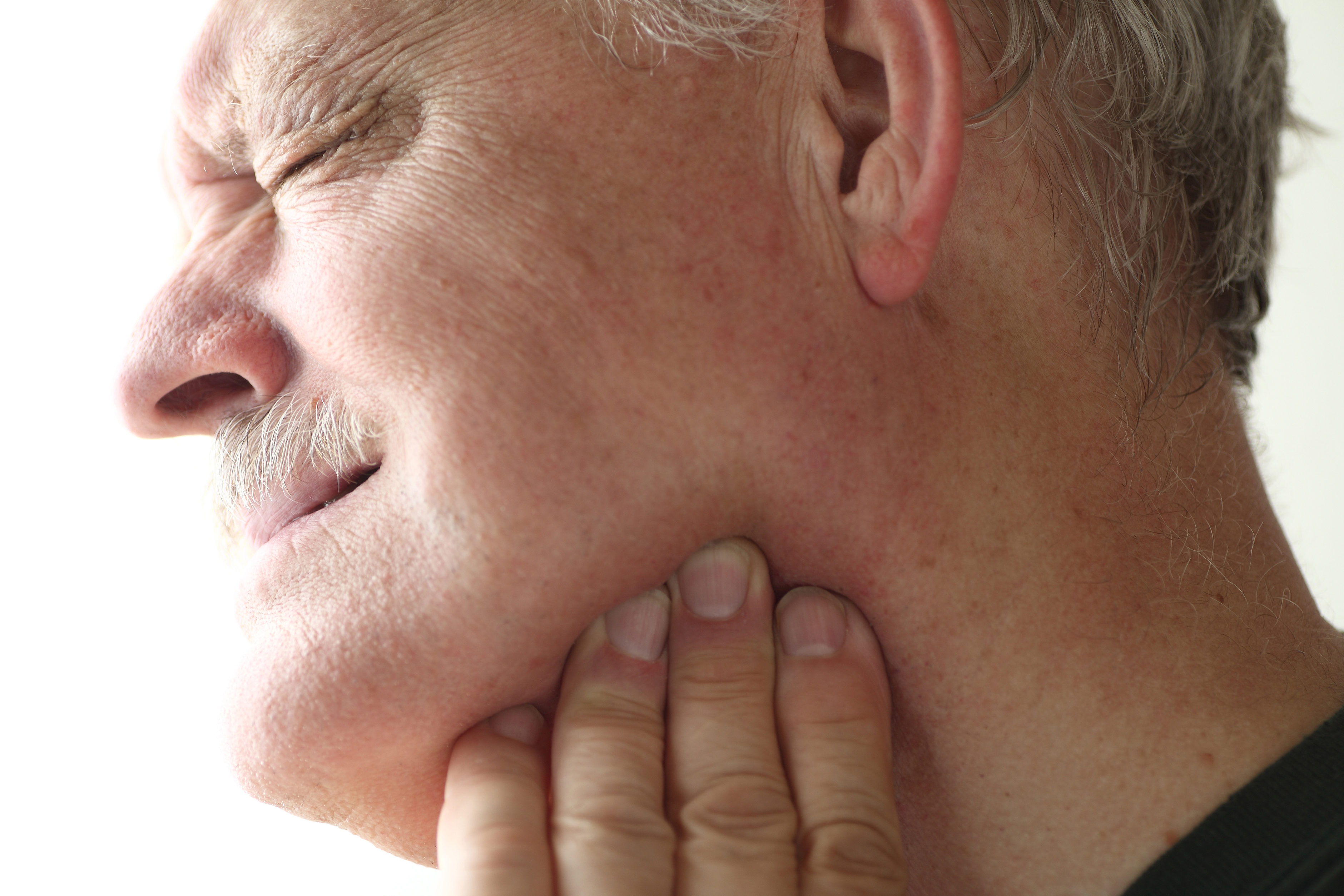 More importantly, some of them – like occlusal treatments (see below)— don’t work and may make the problem worse. Before having any of these procedures:
More importantly, some of them – like occlusal treatments (see below)— don’t work and may make the problem worse. Before having any of these procedures:
- Ask about simpler treatments and try those first.
- Ask the doctor or dentist to explain the procedure—in detail—in a way you can understand.
- Ask how the procedure will help improve your specific TMD.
- Ask about the risks.
- Get second opinions from qualified medical or dental specialists.
Occlusal Treatments
Occlusion refers to how teeth fit together. For years it was thought that misaligned teeth (malocclusion) were a cause of TMDs; however, there is no evidence to support this belief. Occlusal treatments modify the teeth and bite. Examples include:
- Placing crowns on the teeth.
- Grinding down the teeth.
- Using orthodontic treatment(s) to change the position of some or all teeth.
There is no evidence these occlusal treatments work, and they could make the problem worse.
Botulinum Toxin
Botulinum toxin Type A works by relaxing muscles. It is FDA-approved for some medical conditions (like migraines) but not for TMDs. Studies have looked at injecting botulinum toxin Type A into the chewing muscles to reduce muscle spasm and pain. However, the information from these studies is limited and it is not clear whether this medication works to relieve TMD symptoms.
Prolotherapy
Prolotherapy involves injecting a solution into the TMJ area that causes irritation, with the goal of triggering the body to respond by repairing the joint. Prolotherapy has shown promise specifically for TMDs in which the joint is out of its normal position (dislocation) or when the joint goes beyond its normal range of movement (hypermobility). However, there have been only a few small studies on this treatment for TMDs.
Arthrocentesis
In this procedure a needle is used to push liquid into the TMJ. The pressure caused by the liquid removes scar-like tissue (adhesions). In addition, when the liquid is flushed out of the joint, it removes substances that cause inflammation. Arthrocentesis has been shown to help with pain relief and improve mouth opening in people whose temporomandibular disc is out of place; however, these effects do not last long.
The pressure caused by the liquid removes scar-like tissue (adhesions). In addition, when the liquid is flushed out of the joint, it removes substances that cause inflammation. Arthrocentesis has been shown to help with pain relief and improve mouth opening in people whose temporomandibular disc is out of place; however, these effects do not last long.
Arthroscopy
During arthroscopy the doctor inserts an instrument with a tiny video camera into the jaw joint. The doctor can see the joint, which can help in diagnosis. He or she can also remove adhesions or reposition the joint’s disc. This procedure works moderately well in helping improve pain and function.
Surgery
Open surgery gives access to the temporomandibular joint through a cut (incision) next to the ear. It’s important to know that surgery makes permanent changes to your joint. There are no long-term research studies on the safety of open surgery for TMDs or on how well it works to relieve symptoms.
Surgery should only be considered if:
- There is destruction of the joint that cannot be fixed with other procedures.
- There are severe symptoms (pain and/or difficulty opening the mouth), despite trying other treatments.
If your healthcare provider suggests surgery, be sure to ask:
- Why are you suggesting surgery?
- Are there other options besides surgery?
- How will it help me?
- What are the risks?
TMJ Implants
Implants are artificial devices that are used to replace part of the jaw joint or the entire joint. There are currently three TMJ implants approved by the FDA.
Implants might be considered when:
- There is an injury to the joint.
- There is a condition you’re born with (congenital condition) that needs to be repaired.
- The joint is frozen (ankylosis), commonly caused by injury or infection.
- There’s severe damage to the joint.
- There’s ongoing pain.

- All simpler treatments have been tried and have failed.
Some studies suggest that, when used in very specific cases, TMJ implants can improve function and quality of life. As with any surgery, proceed with caution.
Implants used many years ago (and since taken off the market), did not help patients and left them with severe complications, including permanent damage to the jaw joint(s). Because of this, researchers have called for long-term studies to look at the safety and efficacy of the newer TMJ implants.
Remember: Before any surgery, including implant surgery, it is extremely important to get opinions from more than one doctor and to completely understand the risks. If possible, seek an opinion from a surgeon who specializes in treating TMDs.
Summary of Treatments for Temporomandibular Disorders (TMDs)
Text Alternative
Back to top
Helpful Tips
If you think you have a TMD or are diagnosed with one:
- Start with simple treatments first; remember that TMD symptoms often go away on their own, without treatment.

- Consult a dentist or doctor.
- Learn all you can about the TMD you have.
- Avoid (when possible) treatments that involve going into or permanently changing the jaw joints, especially surgery or TMJ implants.
- Understand all the risks when considering surgery or other medical or dental procedures that result in permanent change and seek an opinion from an orofacial pain clinic at a medical or dental school, if possible.
Back to top
Additional Resources
- MedlinePlus: Temporomandibular Joint Dysfunction
The NIH National Library of Medicine’s collection of links to government, professional, and non-profit/voluntary organizations with information on temporomandibular disorders. - The TMJ Association
The TMJ Association is a non-profit, patient advocacy organization whose mission is to improve the quality of health care and the lives of everyone affected by temporomandibular disorders. - American Chronic Pain Association
The ACPA offers peer support and education in pain management skills to people with pain, their family and friends, and health care professionals.
Back to top
Temporomandibular Joint Disorders (TMJ & TMD): Overview
Written by WebMD Editorial Contributors
Medically Reviewed by Evan Frisbee, DMD on October 31, 2021
- What Causes TMD?
- What Are the Symptoms?
- How Is TMD Diagnosed?
- Home Treatments for TMD
- Traditional Treatments
- Other Treatments
- Surgery for TMD
- More
Your temporomandibular joint is a hinge that connects your jaw to the temporal bones of your skull, which are in front of each ear. It lets you move your jaw up and down and side to side, so you can talk, chew, and yawn.
Problems with your jaw and the muscles in your face that control it are known as temporomandibular disorders (TMD). But you may hear it wrongly called TMJ, after the joint.
We don’t know what causes TMD. Dentists believe symptoms arise from problems with the muscles of your jaw or with the parts of the joint itself.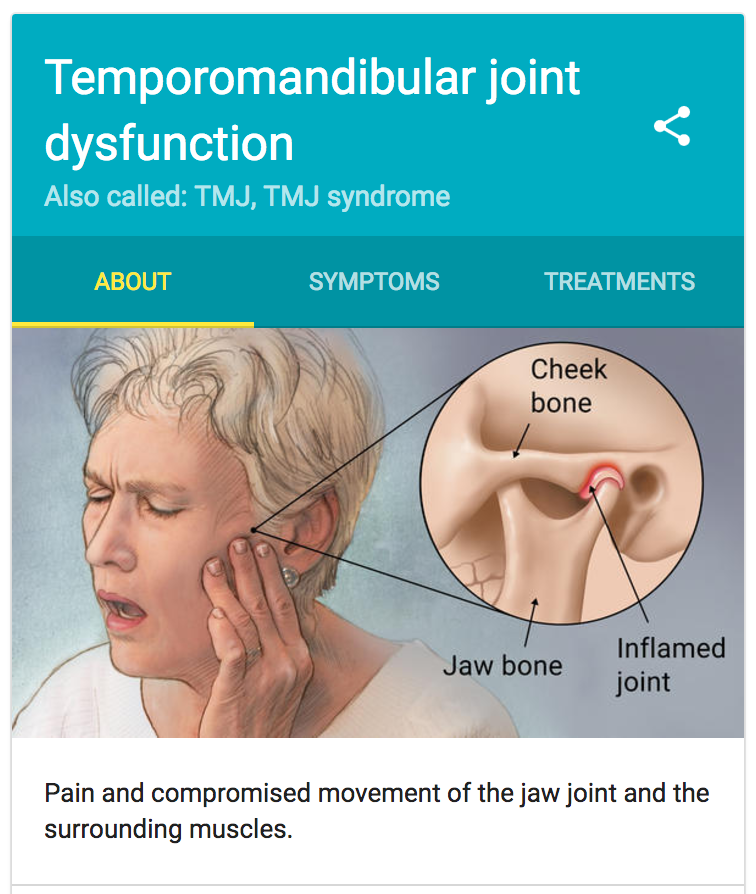
Injury to your jaw, the joint, or the muscles of your head and neck — like from a heavy blow or whiplash — can lead to TMD. Other causes include:
- Grinding or clenching your teeth, which puts a lot of pressure on the joint
- Movement of the soft cushion or disc between the ball and socket of the joint
- Arthritis in the joint
- Stress, which can cause you to tighten facial and jaw muscles or clench the teeth
TMD often causes severe pain and discomfort. It can be temporary or last many years. It might affect one or both sides of your face. More women than men have it, and it’s most common among people between the ages of 20 and 40.
Common symptoms include:
- Pain or tenderness in your face, jaw joint area, neck and shoulders, and in or around the ear when you chew, speak, or open your mouth wide
- Problems when you try to open your mouth wide
- Jaws that get “stuck” or “lock” in the open- or closed-mouth position
- Clicking, popping, or grating sounds in the jaw joint when you open or close your mouth or chew.
 This may or may not be painful.
This may or may not be painful. - A tired feeling in your face
- Trouble chewing or a sudden uncomfortable bite — as if the upper and lower teeth are not fitting together properly. Learn more about the pros and cons of teeth alignment surgery.
- Swelling on the side of your face
You may also have toothaches, headaches, neck aches, dizziness, earaches, hearing problems, upper shoulder pain, and ringing in the ears (tinnitus).
Many other conditions cause similar symptoms — like tooth decay, sinus problems, arthritis, or gum disease. To figure out what’s causing yours, the dentist will ask about your health history and conduct a physical exam.
They’ll check your jaw joints for pain or tenderness and listen for clicks, pops, or grating sounds when you move them. They’ll also make sure your jaw works like it should and doesn’t lock when you open or close your mouth. Plus they’ll test your bite and check for problems with your facial muscles.
Your dentist may take full face X-rays so they can view your jaws, temporomandibular joints, and teeth to rule out other problems. They may need to do other tests, like Magnetic resonance imaging (MRI) or computer tomography (CT). The MRI can show if the TMJ disc is in the proper position as your jaw moves. A CT scan shows the bony detail of the joint.
You may get referred to an oral surgeon (also called an oral and maxillofacial surgeon) for further care and treatment. This doctor specializes in surgery in and around the entire face, mouth, and jaw area. You may also see an orthodontist to ensure your teeth, muscles, and joints work like they should.
There are things you can do on your own to help relieve TMD symptoms. Your doctor may suggest you try some of these remedies together.
Take over-the-counter medications. Nonsteroidal anti-inflammatory drugs (NSAIDs), like naproxen or ibuprofen, can relieve muscle pain and swelling.
Use moist heat or cold packs. Apply an ice pack to the side of your face and temple area for about 10 minutes. Do a few simple jaw stretches (if your dentist or physical therapist OKs them). When you’re done, hold a warm towel or washcloth to the side of your face for about 5 minutes. Perform this routine a few times each day.
Apply an ice pack to the side of your face and temple area for about 10 minutes. Do a few simple jaw stretches (if your dentist or physical therapist OKs them). When you’re done, hold a warm towel or washcloth to the side of your face for about 5 minutes. Perform this routine a few times each day.
Eat soft foods. Add yogurt, mashed potatoes, cottage cheese, soup, scrambled eggs, fish, cooked fruits and vegetables, beans, and grains to your menu. Cut foods into small pieces so you chew less. Skip hard, crunchy foods (like pretzels and raw carrots), chewy foods (like caramels and taffy), and thick or large bites that require you to open wide.
Avoid extreme jaw movements. Keep yawning and chewing (especially gum or ice) to a minimum and don’t yell, sing, or do anything that forces you to open wide.
Don’t rest your chin on your hand. Don’t hold the phone between your shoulder and ear. Practice good posture to reduce neck and facial pain.
Keep your teeth slightly apart as often as you can. This will relieve pressure on your jaw. Put your tongue between your teeth to control clenching or grinding during the day.
Learn relaxation techniques to help loosen up your jaw. Ask your dentist if you need physical therapy or massage. Consider stress reduction therapy as well as biofeedback.
Talk to your dentist about these tried-and-true treatments for TMD:
Medications. Your dentist can prescribe higher doses of NSAIDs if you need them for pain and swelling. They might suggest a muscle relaxer to relax your jaw if you grind or clench your teeth. Or an anti-anxiety medication to relieve stress, which may bring on TMD. In low doses they can also help reduce or control pain. Muscle relaxants, anti-anxiety drugs, and antidepressants are available by prescription only.
A splint or night guard. These plastic mouthpieces fit over your upper and lower teeth so they don’t touch. They lessen the effects of clenching or grinding and correct your bite by putting your teeth in a more correct position. What’s the difference between them? You wear night guards while you sleep. You use a splint all the time. Your dentist will tell you which type you need.
They lessen the effects of clenching or grinding and correct your bite by putting your teeth in a more correct position. What’s the difference between them? You wear night guards while you sleep. You use a splint all the time. Your dentist will tell you which type you need.
Dental work. Your dentist can replace missing teeth and use crowns, bridges, or braces to balance the biting surfaces of your teeth or to correct a bite problem. Learn more about what causes an overbite, as well as when an overbite is considered normal.
If the treatments listed above don’t help, your dentist may suggest one or more of the following:
Transcutaneous electrical nerve stimulation (TENS). This therapy uses low-level electrical currents to provide pain relief by relaxing your jaw joint and facial muscles. It can be done at the dentist’s office or at home.
Ultrasound. Deep heat applied to the joint can relieve soreness or improve mobility.
Trigger-point injections. Pain medication or anesthesia is injected into tender facial muscles called “trigger points” to give relief.
Radio wave therapy. Radio waves stimulate the joint, which increases blood flow and eases pain.
Low-level laser therapy. This lowers pain and inflammation and helps you move your neck more freely and open your mouth wider.
If other treatments can’t help you, surgery is an option. Once it’s done, it can’t be undone, so get a second or even third opinion from other dentists.
There are three types of surgery for TMD. The type you need depends on the problem.
Arthrocentesis is used if you have no major history of TMJ but your jaws are locked. It’s a minor procedure that your dentist can do in their office. They’ll give you general anesthesia, then insert needles into the joint and wash it out. They may use a special tool to get rid of damaged tissue or dislodge a disc stuck in the joint, or to unstick the joint itself.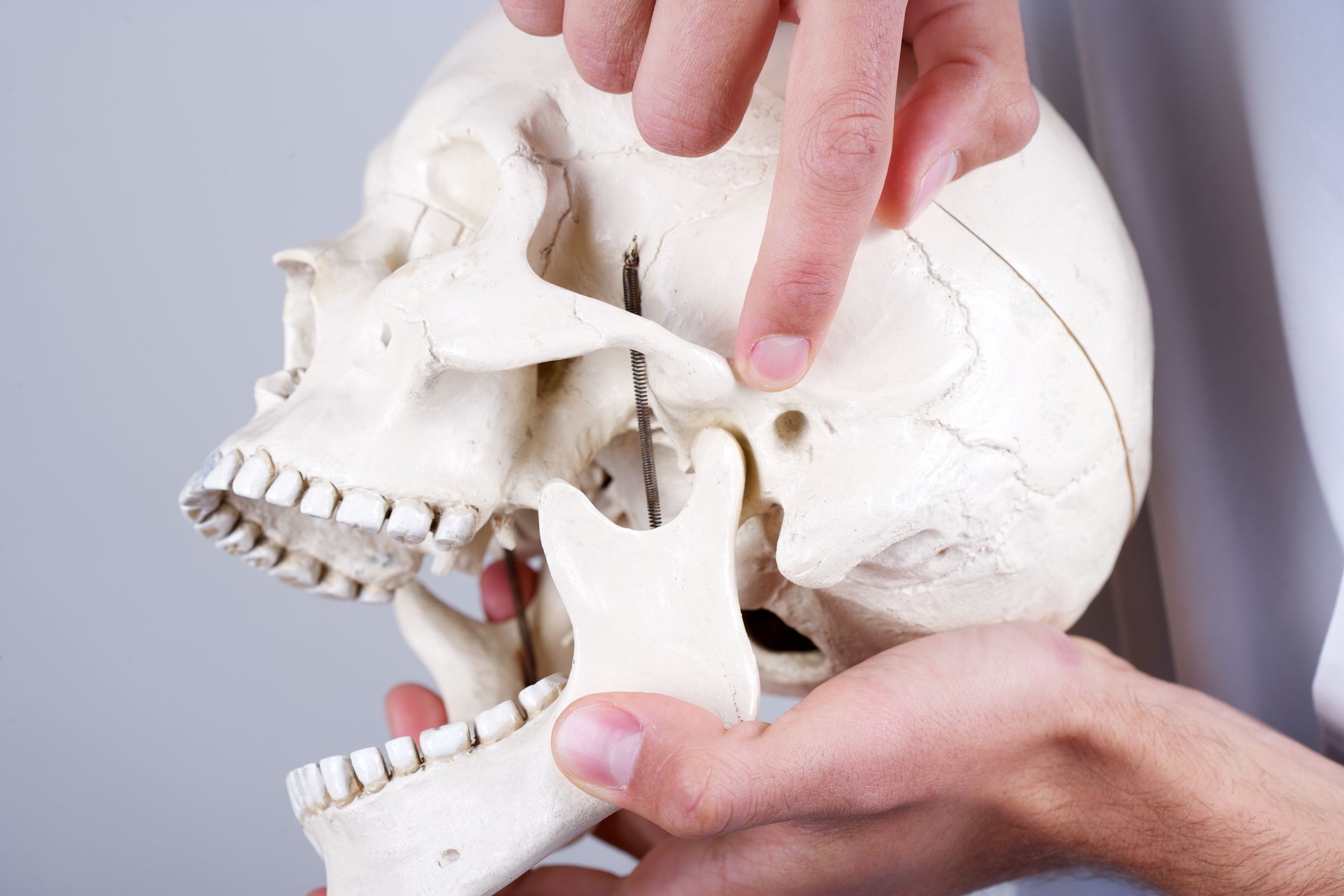
Arthroscopyis surgery done with an arthroscope. This special tool has a lens and a light on it. It lets your doctor see inside your joint. You’ll get general anesthesia, then the doctor will make a small cut in front of your ear and insert the tool. It’ll be hooked up to a video screen, so they can examine your joint and the area around it. They may remove inflamed tissue or realign the disc or joint. This type of surgery, known as minimally invasive, leaves a smaller scar, has fewer complications, and requires a shorter recovery time than a major operation.
Open-joint surgery. Depending on the cause of the TMD, arthroscopy may not be possible. You may need this type of surgery if:
- The bony structures in your jaw joint are wearing down
- You have tumors in or around the joint
- Your joint is scarred or full of bone chips
You’ll get general anesthesia, then the doctor will open up the entire area around the joint so they can get a full view and better access. You’ll need longer to heal after open-joint surgery, and there is a greater chance of scarring and nerve injury.
You’ll need longer to heal after open-joint surgery, and there is a greater chance of scarring and nerve injury.
Top Picks
Jaw joint clicking when opening mouth
Jaw joint clicking is a sign of temporomandibular joint (TMJ) dysfunction. If left unattended, the problem will eventually lead to immobilization and misalignment of the jaw, requiring major surgery. In our Center, the treatment of TMJ pathologies is carried out by experienced specialists using effective non-surgical techniques .
Why does the joint click when the jaw moves
TMJ – paired joints located on both sides of the lower jaw, connecting it with the base of the skull. Each consists of an articular head, a fossa of the temporal bone in which the head is located, an intraarticular disc and a ligamentous apparatus. Normally, when all the elements are in their places, the mouth opens silently.
If one of them is displaced or damaged, the function of the joint is disturbed. The first symptom of TMJ dysfunction is the appearance of clicks during jaw movement.
Causes of the pathology
Concomitant symptoms of TMJ dysfunction
TMJ dysfunction – insidious disease
In case of untimely treatment, it progresses and passes into stages that are not amenable to non-surgical treatment. When the first warning signs appear, we recommend that you immediately consult a doctor to diagnose and correct violations.
Levin Dmitry Valerievich
Chief Physician and Founder of the Doctor Levin Center
What to do with clicks in the jaw, where to go
A gnathologist deals with the treatment of TMJ problems. You can also contact an orthopedist or orthodontist with additional qualifications in practical gnathology.
You can also contact an orthopedist or orthodontist with additional qualifications in practical gnathology.
Gnathology is a branch of dentistry that studies the relationship between the structures of the dentofacial system, their functioning within the normal and pathological limits. The task of the gnatologist is to assess the condition of the teeth, muscles, joints in a complex, restore the correct ratio and coordinated work of the elements of the TMJ.
In some cases, it may be necessary to involve other specialists in the treatment process:
- orthopedist – if the cause of joint dysfunction lies in improperly installed prostheses;
- orthodontist – when the pathology arose against the background of malocclusion;
- neurologist – in case of hypertonicity of masticatory muscles.
Diagnosis of pathology
More than 60 indicators are studied. Main diagnostic methods:
- Digital impressions and computed tomography of the dentition
- Bite examination with facebow and articulator
- TENS diagnostics for masticatory tension
- Manual-functional examination of posture, symmetry of the shoulder girdle, shoulder blades, etc.

How to treat a joint that clicks
Treatment of TMJ pathologies involves a comprehensive approach and is carried out in a strict sequence:
- Reducing the load on the joint with a special removable lining on the teeth – an occlusal splint (splint)
- Removal of muscle hypertonicity (if any) using TENS therapy, botulinum therapy
- Occlusion correction and, if necessary, prosthetics
In parallel with the main course of treatment, drug therapy is carried out to eliminate degenerative changes:
- Corticosteroid injections to relieve inflammation in the joint
- Muscle relaxants for muscle relaxation
- Analgesics for severe pain
In case of detection of serious morphological changes in the joint, for example, displacement of the intra-articular disc, surgical treatment is indicated.
Methods of treatment
Splint therapy
Splint therapy is a technology that allows you to restore the normal functioning of the TMJ by applying a splint to the dentition – a transparent fixing occlusal splint made of silicone or a non-toxic polymer.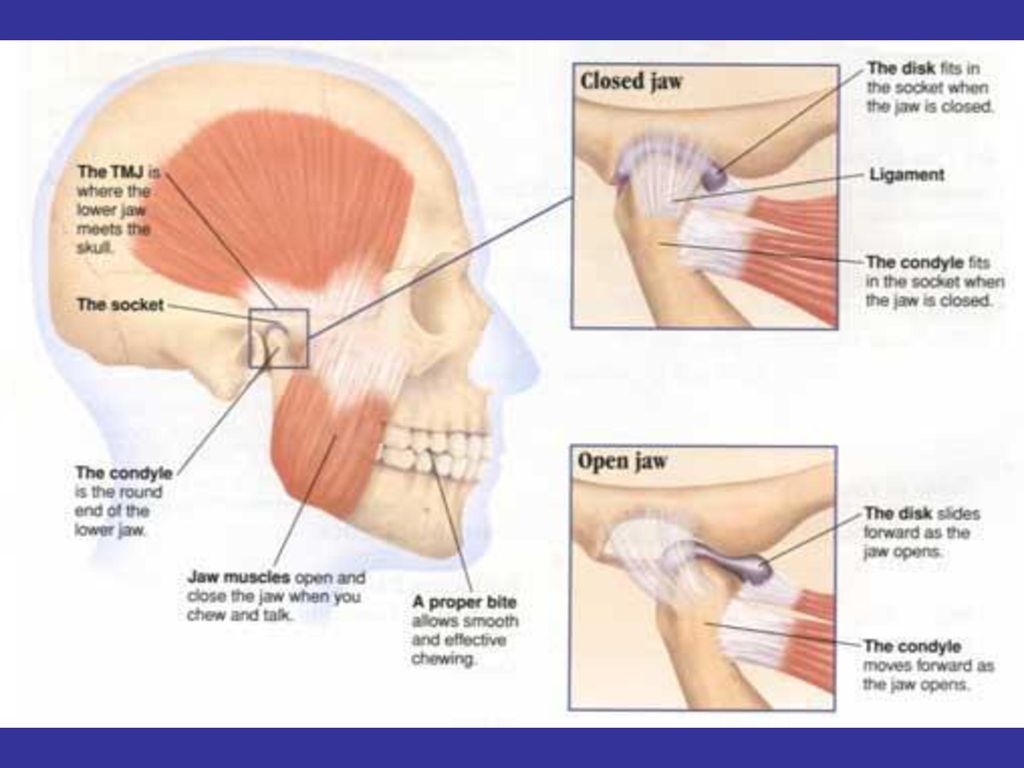
Effect:
- Muscle activity regulation
- Shortened ligament sprain
- Return of the heads of the joint into place
- Fixation of the physiological position of the jaws
TENS Therapy
TENS Therapy is used when the masticatory muscles are highly active. Provides impact on them by low-frequency microcurrents. The procedure is painless, in the Center it is carried out with a contactless device of the latest generation MIST TENS (Neurotech).
Effect:
- Relaxation of masticatory muscles, removal of hypertonicity
- Restoration of normal neuromuscular trajectory
- Setting a physiologically correct bite
- Normalization of joints
Botulinum therapy
An effective technique for TMJ pathologies that have developed against the background of bruxism, masticatory muscle hypertonicity. Provides injections of muscle relaxants or neuroproteins in areas of increased activity of muscle fibers.
Effect:
- Reduced muscle tone
- Pain relief
- Correct jaw positioning through muscle relaxation
Occlusion Correction
Indicated in the detection of malocclusion that requires correction for normal functioning of the TMJ. Depending on the type and degree of complexity of the defect, braces or aligners can be used to correct the position of the jaws. Orthodontic course is carried out only after the normalization of the state of the joint. The duration of treatment in each case is determined individually.
Restoration of teeth
In case of destruction or absence of some teeth, restoration or prosthetics is mandatory to normalize the occlusal relationship of the jaws. In case of partial destruction, inlays, crowns, veneers are used. Missing teeth are restored with bridges or dental implants.
Doctor’s recommendations
To increase the effectiveness of the treatment course, we additionally recommend that you adhere to the following rules at home:
- Perform myogymnastics to relax the masticatory muscles
- Eliminate foods that are too hard
- Get rid of bad habits (biting nails, pencils)
- Do not rest your chin on your hands
- Fruits and vegetables should not be chewed, but cut into small pieces with a knife
Patients’ Frequently Asked Questions
Why does the joint click after implant placement?
After implantation, clicks in the joint of the lower jaw can be observed if there has been a displacement of the intraarticular discs due to improperly installed implants or prosthetic structures to them. Therefore, it is important to contact experienced implantologists who, when installing implants and prostheses, will take into account the smallest features of the bite and the prospect of normal operation of the TMJ.
Therefore, it is important to contact experienced implantologists who, when installing implants and prostheses, will take into account the smallest features of the bite and the prospect of normal operation of the TMJ.
Levin Dmitry Valerievich
Oral and maxillofacial surgeon, chief physician of the Center
Is it possible to get rid of clicks in the joint with home methods?
Self-treatment without proper diagnosis and adequate therapy is fraught with the loss of time when the problem can be solved without surgery. Compresses, infusions and other folk remedies will not return the joint to its normal position, will not relieve muscle hypertonicity. Therefore, if the joint clicks and hurts, you need to contact a specialist as soon as possible. The sooner the correct treatment is started, the more likely it is to quickly restore the normal functioning of the TMJ without surgery.
Levin Dmitry Valerievich
Oral and maxillofacial surgeon, chief physician of the Center
Levin Dmitry Valerievich
Author of the article. Oral and maxillofacial surgeon, chief physician of the Center
Published: 07/08/2022
Updated: 06/06/2023
Methods for fixing removable dentures
The ease of use of removable dentures is determined by the quality of their manufacture. One of the main points is fixation. The completeness of the restoration of lost functions largely depends on how the structures hold up after installation. Our specialists have extensive experience in removable prosthetics, we create designs in our own dental laboratory of the Center, therefore we bear full responsibility for the result. The use of advanced technologies and the latest materials enables us to create stable, comfortable prostheses of a decent quality level .
The options for fixing dentures in the oral cavity differ depending on the number of missing teeth. For partial teeth, preserved teeth are used, for complete teeth, anatomical formations of the upper and lower jaws are used.
Removable partial dentures fixation methods
A partial denture is used to restore one to several teeth. The design consists of artificial crowns soldered into a basis imitating the gum. The prosthesis is installed on the abutment teeth with the help of fasteners of a certain type.
Clasp system – for lamellar constructions
Partial dentures with a plastic base are fixed on sufficiently strong abutment teeth. The following can be used as fasteners:
Locking and telescopic types of fastening – for clasp
Removable dentures on a metal frame (clasp) can also be fixed on the abutment teeth using hook-clasps. In this case, the fasteners are made only of metal, they are an element of the arch of the prosthesis.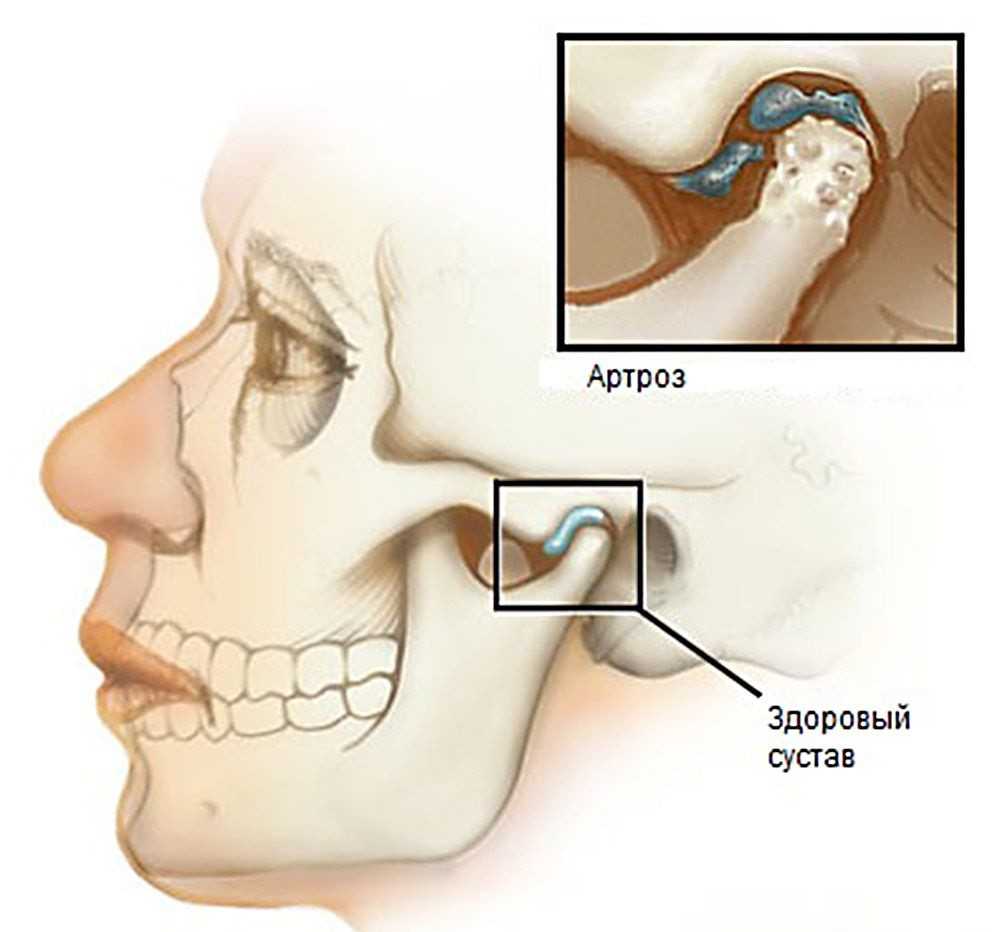 This makes them noticeable, especially when located on the incisors or canines.
This makes them noticeable, especially when located on the incisors or canines.
But when restoring teeth with clasp structures, aesthetics is no less important than functionality, since these prostheses are the most reliable and are designed for long-term use. Therefore, instead of hooks, as a rule, the following are used:
Removable prosthesis can be comfortable !
The comfort of use depends not only on how the prosthesis is attached, but also on the quality of its manufacture. An expensive, properly designed removable denture will restore the beauty of a smile, the ability to chew normally and will last more than 10 years. At the same time, no rubbing, falling out, displacements – complete comfort!
Levin Dmitry Valerievich
Chief physician and founder of the Doctor Levin Center
Attachment of complete removable dentures — due to which they are held in the absence of all teeth
A complete denture imitates the natural jaw. The design consists of an artificial gum (base), for the manufacture of which hard or flexible plastic is used, and a set of crowns.
The design consists of an artificial gum (base), for the manufacture of which hard or flexible plastic is used, and a set of crowns.
When fixing prostheses on the edentulous jaw, physical, mechanical and biological factors are taken into account. The main method used in modern orthopedics takes into account all three, forming biomechanical and biophysical types of prosthesis fixation.
In order to keep the structure in the oral cavity, the combined action of factors is used:
- Adhesion forces (physical factor)
Acts when two wet surfaces are joined together. In this case, the prosthesis is wetted by saliva and adheres to the mucous membrane. The quality of adhesion depends on the viscosity of the salivary fluid, but in any case, this factor alone is not enough for reliable fixation. - Valve mechanism (mechanical factor)
When installing the prosthesis, the edges of its base are tightly connected to the gum, slightly compressing the mucosa. The soft fabric then regains its shape, expelling all the air. As a result, a pressure difference is created, and the basis sticks tightly to the gum.
The soft fabric then regains its shape, expelling all the air. As a result, a pressure difference is created, and the basis sticks tightly to the gum. - Anatomical characteristics (biological factor)
Alveolar processes that protrude in place of former teeth also contribute to the retention of the prosthesis. On the upper jaw, part of the palate is additionally used. But with adentia, bone tissue atrophy progresses rapidly, which reduces the effectiveness of anatomical fixation.
Types of conditionally removable dentures on implants – for a better fit
There is only one way to maximize the comfort of using a removable denture in the absence of all teeth: fix it on implants . At the same time, the design differs in a less voluminous basis, does not overlap the palate on the upper jaw. It does not need to be additionally fixed with gels or creams, since it does not move or fall out.
For reliable fixation in the lower jaw, it is enough to place 2-4 implants. For a looser bone of the upper jaw, 4 supports will be needed. This is the minimum number, for even loading with severe bone atrophy, up to 6 implants may be needed.
For a looser bone of the upper jaw, 4 supports will be needed. This is the minimum number, for even loading with severe bone atrophy, up to 6 implants may be needed.
Removable Implant Retention Systems Options:
Benefits of Full Denture on Implants :
Mini Implant Dentures
also use reduced models of implants. Such designs are only 1.8-2.4 mm in diameter and 6-10 mm in height. They are installed by puncturing the mucous membranes, without preliminary incisions. But in this case, only push-button fixation of the prosthesis is possible.
Removable prosthesis on mini-implants is installed on the day of surgery. By the evening the patient can chew. The procedure costs less than a standard implant, healing is faster .
But there are also disadvantages. Only a lightweight design can be installed on mini-implants, which cannot be fully loaded and used for a long time. Therefore, fixing on such supports is most often used as as a temporary version of .
Therefore, fixing on such supports is most often used as as a temporary version of .
Improved physiology can be achieved using the Fixed Prosthetics technology on All-on-4 implants. The All-on-6 and All-on-8 protocols can rightfully be considered the most ideal.
Standards and technologies of our Center
Removable prosthetics can be a worthy alternative to implantation. To achieve this goal, we use special technologies and strictly follow our own quality standards.
Computed tomography – for valid data
Research is carried out on a modern and convenient 3D dental apparatus Galileos (Germany)
- Obtaining data on the size and density of the jawbone
- TMJ Examination (Temporomandibular Joints)
- Assessment of the condition of the teeth on which the prosthesis will be fixed
Functional diagnostics – for correct bite
We work with high-quality articulation systems SAM3, Protar or Amann Girrbach
- Determination of the correct jaw ratio even in the absence of teeth
- Customized prosthesis
- Customized prosthesis
Digital – for precision solutions
We use a photo protocol, intraoral 3D scanning and computer design of orthopedic systems
- High precision digital impressions
- Modeling and visualization of the design of the prosthesis
In-house laboratory – for error-free manufacturing
In-house laboratory: for error-free manufacturing
- Fast communication between orthopaedist and dental technician
- Elimination of errors and distortion of data in the transmission of information
How to make the perfect removable denture that will stay in place?
The owner of a modern high-quality removable prosthesis eats with pleasure, communicates, smiles.





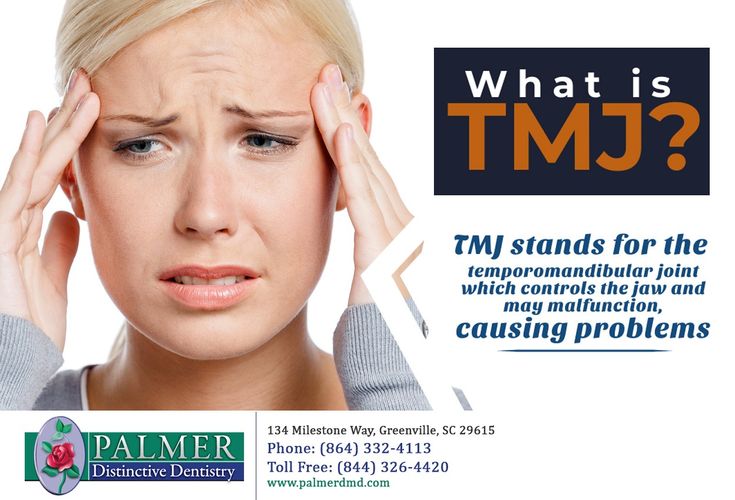 This may or may not be painful.
This may or may not be painful.
 The soft fabric then regains its shape, expelling all the air. As a result, a pressure difference is created, and the basis sticks tightly to the gum.
The soft fabric then regains its shape, expelling all the air. As a result, a pressure difference is created, and the basis sticks tightly to the gum.